Much has been written and said about her sublime art. Here, we take a peek at another aspect of Kishori Amonkar: the persona and the woman that made her such a force to reckon with in the world of Hindustani music.
I first met Gaayanasaraswati Kishori Amonkar – or “Tai” as disciples addressed her – in August 1985, just a few months short of my seventeenth birthday. At that age, being in her presence felt like a cross between a candy shop and a temple: the sweetness of her motherly love mixed with the purity of her sur and the stern discipline of her taaleem. Even then, her strength of conviction and purpose shone through. “They used to pay us 5,000 bucks; I demanded 25,000 rupees, and I got it, Jayang!”, exclaimed the grande dame of Hindustani vocal music apropos the performance fees paid to women artists in those days.
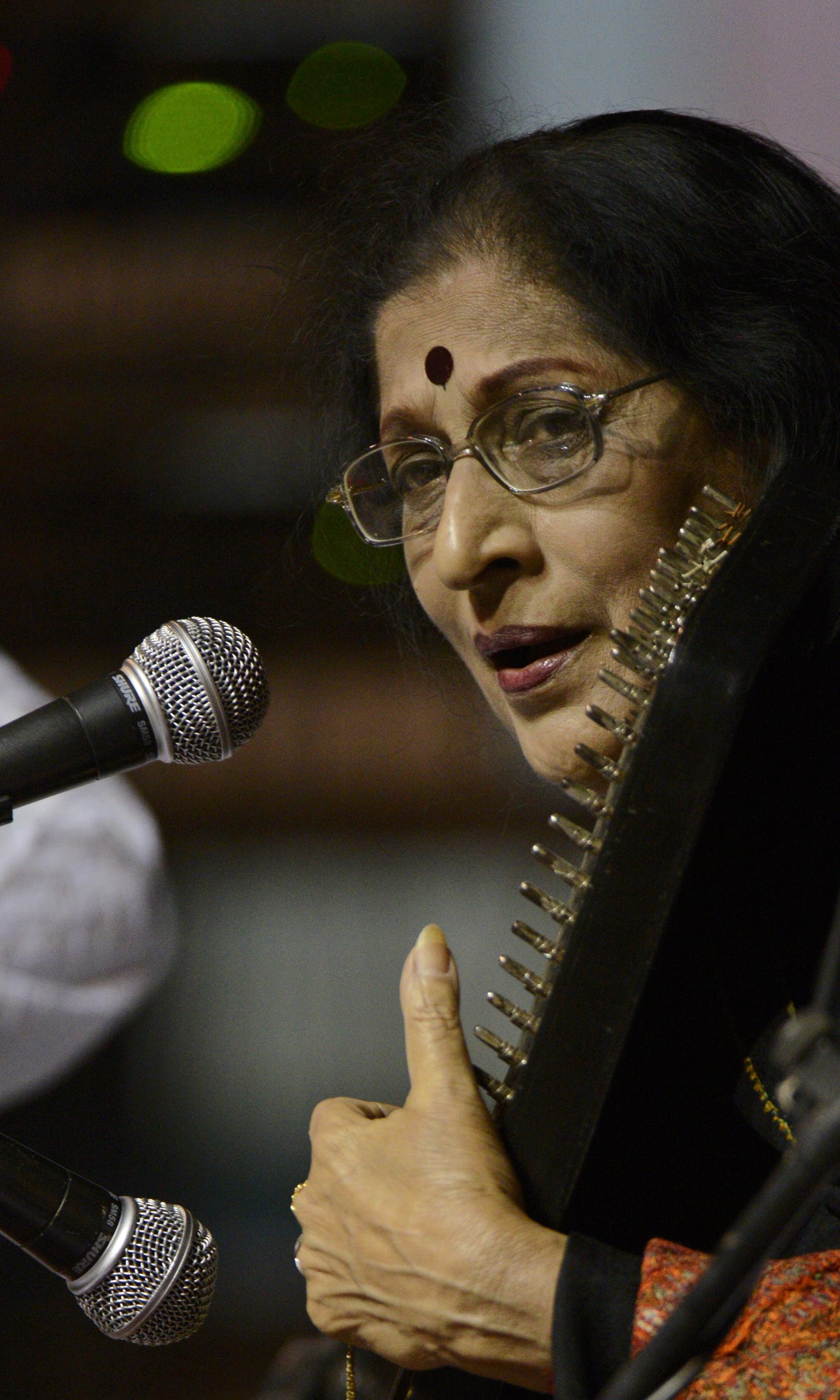
Copyright © Bibhas Amonkar
As one of the youngest pupils of Tai at that time, like many others I too was besotted by Mharo Pranam, her album of devotional songs by Meerabai, the 16th century Rajput princess who defied an entrenched patriarchy to pursue her spiritual journey. (So many striking similarities there: Tai also challenged entrenched norms in the classical music world to forge her own unique path.) I coaxed Mrs. Babulkar, my schoolteacher and her childhood friend, to introduce me to Tai. Thus began a long and deep bond between Guru and disciple which lasted till she passed into the ages.
I still remember that first meeting with Tai: being surprised to see her larger-than-life persona draped in a petite frame when she appeared in her music room, sitting herself down on an aasan and speaking to us in soft but measured tones, often with a penetrating gaze that betrayed a sharp and observant intellect brimming with deep conviction. Urban legends about her were legion, and persist to this day: her mercurial genius, the intense emotional appeal of her music, her temperamental and at times tempestuous nature, her intolerance of unruly audiences and her testiness with errant concert promoters. As with most legends, there is always more than meets the untrained eye, particularly about this artist honoured with two Padma awards (of which she didn’t think much).
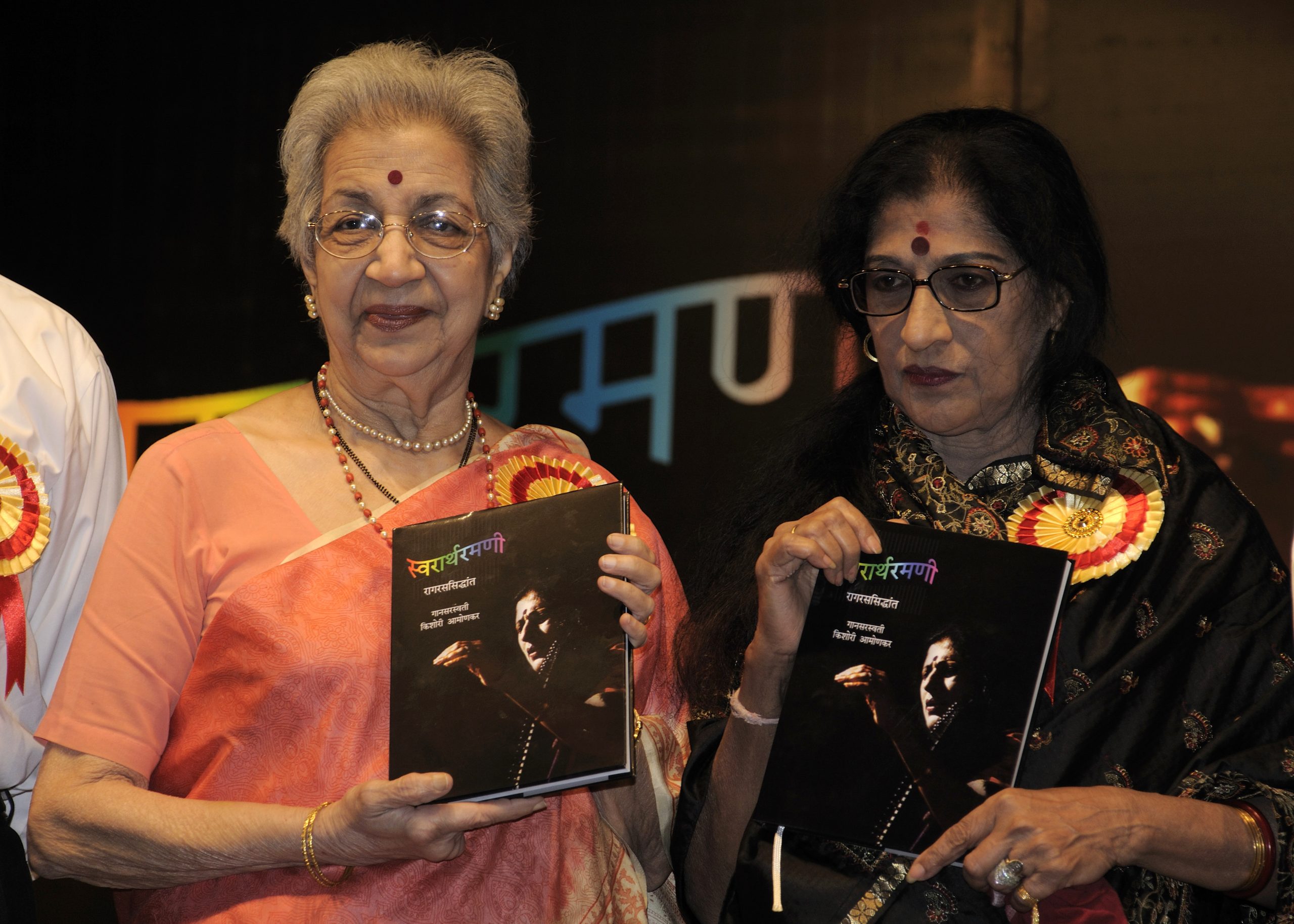
Copyright © Bibhas Amonkar
It took me many years to understand that Tai’s public persona was a much misunderstood and oft maligned defence mechanism which helped her navigate the turbulent male-dominated milieu of musicians, promoters, and record labels. By the time she emerged as a performer during the 1950s, Hindustani music had been democratised, moving from the royal durbar and aristocratic salon to the concert stage (courtesy the microphone) and to the living rooms of the masses (thanks to the gramophone and radio). Music, formerly the province of tawaaifs, suddenly became a respectable career for women. However, inequities and ill-treatment of female artists continued unabated.
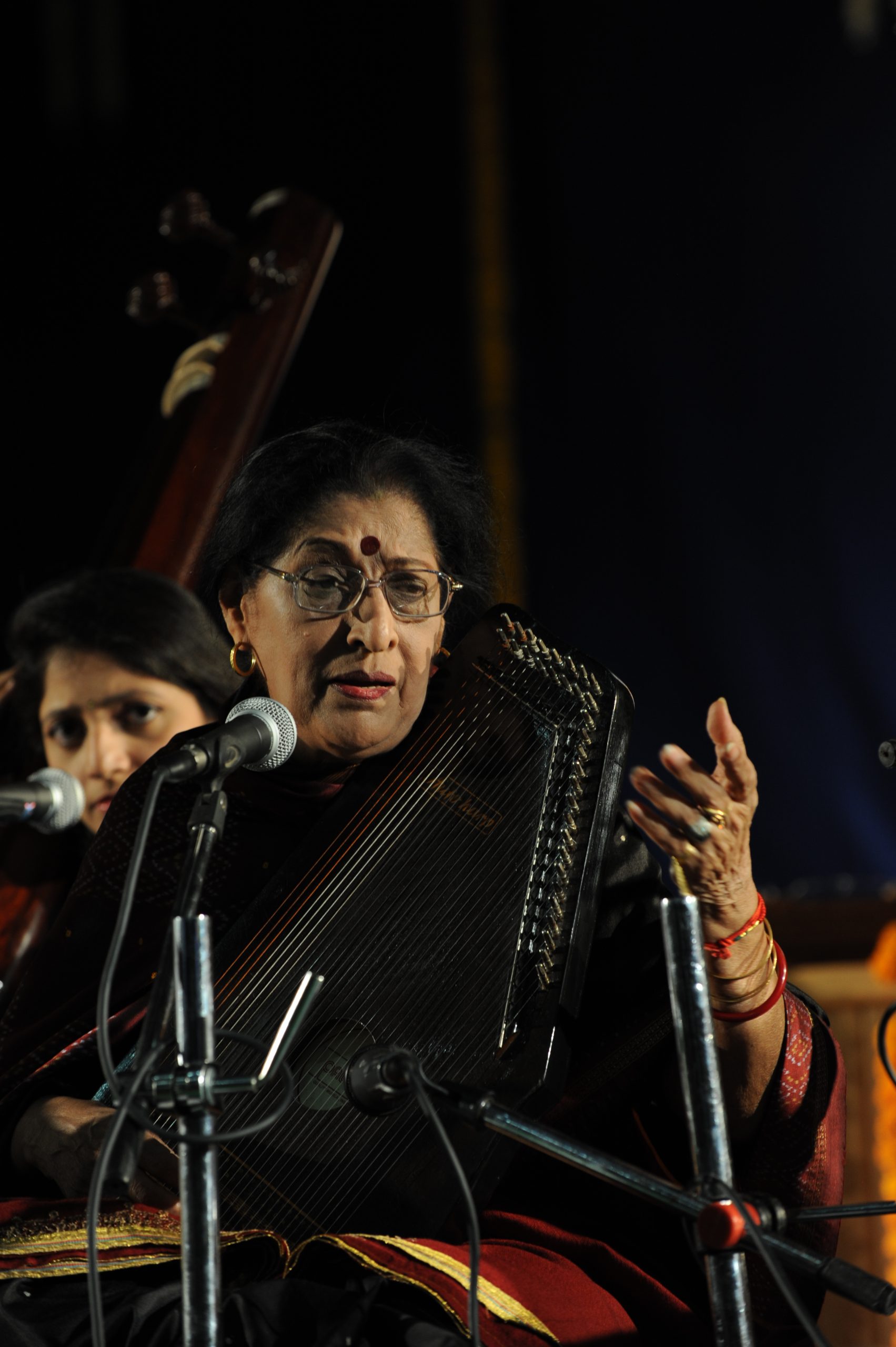
Copyright © Bibhas Amonkar
In her formative years, a young and impressionable Kishori bore witness to the step-treatment meted out by rich music patrons to Mogubai Kurdikar (her illustrious mother and Guru) during concert tours. Among the indignities were travelling overnight on wooden benches of third-class railway compartments and being forced to sleep on the floor of outhouses at aristocratic homes in the bitter cold. Tai vowed that she would never countenance such behaviour. “She didn’t pull her punches when she saw another artist being ill-treated, let alone herself”, says her grand-daughter and disciple Tejashree. Very particular about etiquette in public, Tai kept her private life strictly private. She often spoke of the power of a simple pranaam with folded hands. “That gesture”, observed Tai, “is a powerful means to offer respect to the other person and affirm in no uncertain terms that there are boundaries to be respected.”
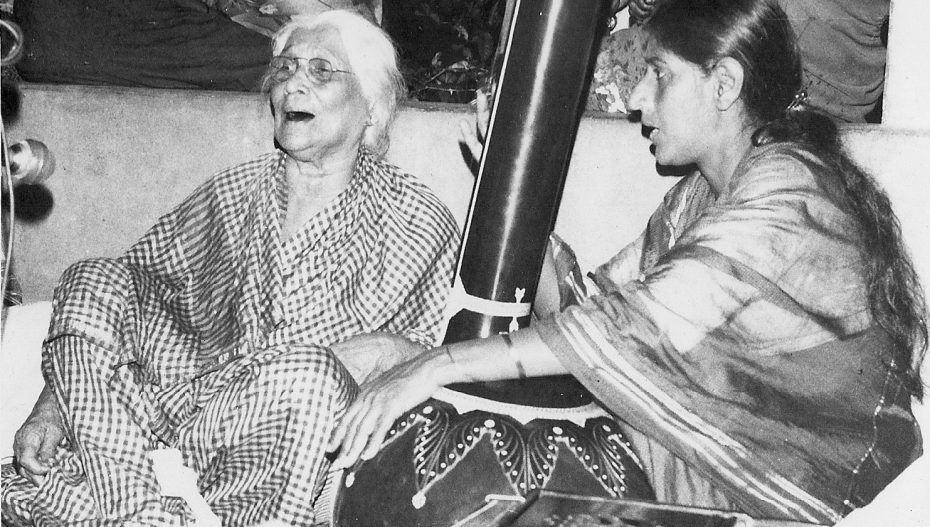
Courtesy: Amonkar family collection
In many ways, Tai was a trailblazer for future generations of women artists on several fronts. She ensured appropriate remuneration for concerts, commanded respect and dignity from promoters and audiences hitherto accustomed to performers playing to the gallery, and restored Raaga music back to its original intended purpose: the evocation of human feelings. “Artists must value what they offer to audiences, which is the result of years of penance and practice”, she said. That women constitute a majority of Hindustani musicians today owes a lot to Tai’s efforts.
A woman’s capacity to multitask is well known, but Tai was a superwoman who brought her quest for perfection in music to every facet of her life. As the consummate homemaker, she raised two sons, cared for her ailing husband and nonagenarian mother, looked after live-in students, personally dealt with promoters and producers without an agent or secretary, and was the first to stand by relatives and siblings at critical times. Those of us fortunate to have been close to her have been treated to home-cooked delicacies, exquisite knitwear and the most intricate hand-painted rangolis during Diwali, all of which were executed to perfection. All this was accomplished while keeping up a hectic schedule of performance, practice, and teaching. As Tejashree says “Tai knew how to invest her time and energies with utmost economy, and she exemplified a woman’s capacity to manage both her career and family successfully.”
With her deep study of how aesthetics in music give bliss to audiences by evoking and sublimating feelings (the rasa theory), Tai stood by her firm convictions despite virulent attacks from orthodox music critics. While she steadfastly adhered to the core principles of Hindustani music, she pushed the envelope beyond traditional boundaries to explore sublime vistas that were a revelation to audiences, scholars and practitioners. All this came with a razor-sharp intellect and an ability to articulate views in English, Hindi and Marathi. Tai was one of the very few performers who straddled both the classical and so-called “light” music genres with felicity. Listening to her ghazals, thumris and bhajans, one never felt the overhang of the classical idiom, something that was conspicuous in her other contemporaries who forayed into these genres on occasion.
That fateful Monday evening on the 3rd of April 2017, just ten days after a sell-out bravura performance in Delhi and a week short of her 86th birthday, Tai decided that she was done with the mundane world. She departed on her own terms just as she had lived, complete with a guard of honour and a 21-gun salute, as befits a national treasure.
Jayang Jhaveri, a disciple of Kishori Amonkar, is a management consultant who practices and teaches Hindustani music in Hong Kong, and chairs In Harmony Arts & Culture, a non-profit that promotes Indian art music.
Copyright © 2021 Jayang Jhaveri
Story’s Lending picture: Gaayanasaraswati Kishori Amonkar photo by Zarir Khariwala
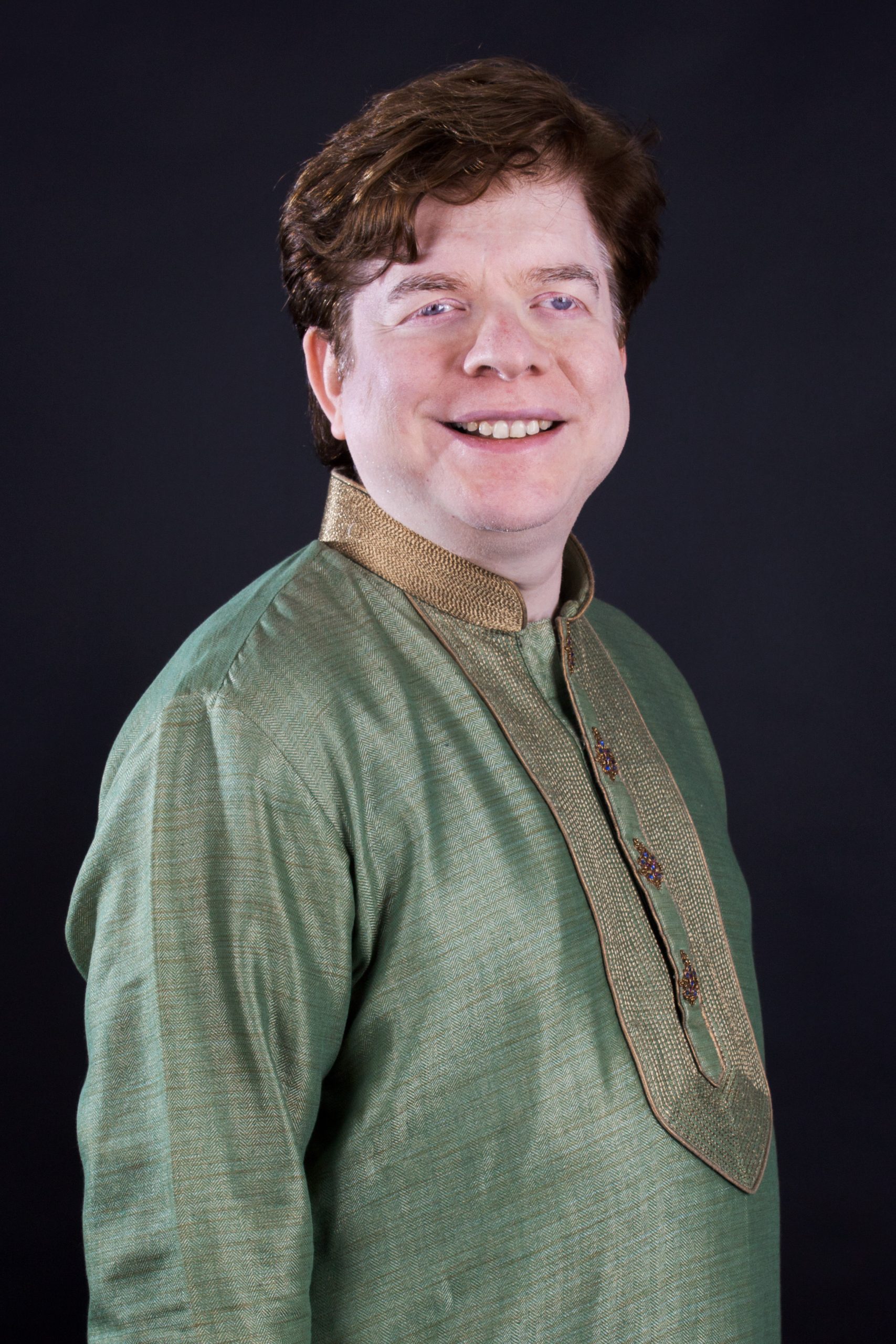
Hong Kong-based Jayang Jhaven is a management and technology consultant, and a practitioner and teacher of Hindustani music. He trained under the legendary Gaayanasaraswati Kishori Amonkar since he was sixteen, and regularly conducts workshops at universities and other forums to promote her philosophy of music. He is the Chair of In Harmony Arts & Culture (HAC), a non-profit that promotes education and awareness of South Asian musical traditions among the youth of Hong Kong. Under his leadership, IHAC has produced several concerts featuring Indian classical music, including three cross-cultural presentations in collaboration with the City Chamber Orchestra of Hong Kong and some of Asia’s finest jazz musicians. IHAC also hosts “Kalyani”, a one-of-its-kind annual festival dedicated to women in South Asian visual and performing arts.
Jayang holds an MBA from London Business School and speaks six languages.



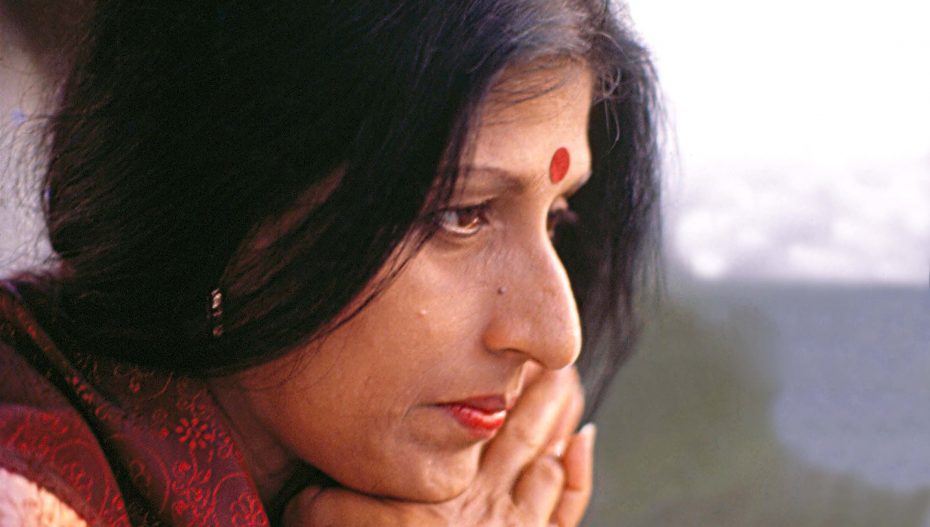










Gana Saraswati Smt Kishoritai Amonkar’s school of teaching Hindustani Shastriya Swar Sangeet is indeed unique following the traditional Maukhik Guru Shisya Parampura which solely focusing on the Student natural Swar imbibed in him/her bringing out the beauty and melody of his/her Inner awaaz fine tuned to that of Him( Parmeshwar) which is unparalleled in contemporary times.
I had the good fortune of listening to her the jugal bandi concert with M.Balamuralikrishna some years back and her own individual concert.A rare Musician! I also remember her telling that for Sruti Siddhartha, one should emulate Balamuralikrishna. She was indeed great!